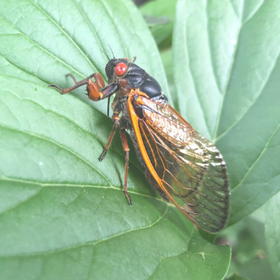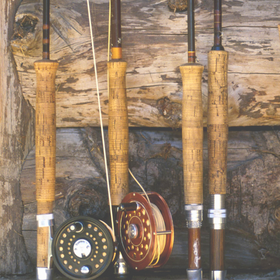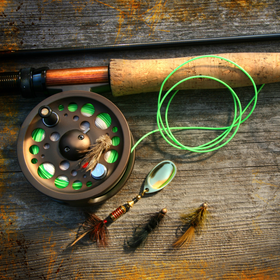Atlantic Salmon in the US
For the US resident at least it is easy to classify the Atlantic Salmon as an exotic species. A fish we must pay dearly to fish. It requires a travel agent, a high price lodge, competitive license, accessing private waters, a guide, the list of excuses not to fish these magnificent fish is endless. The woes of the Atlantic Salmon are a tale of the long, hard lessons of mankind’s mistreatment of a resource once thought inexhaustible. Their demise in the US dates back to logging in the 1700’s, and continues through the 1950’s when their feeding ground was discovered around Greenland. But thanks to conservation and the species’ own perseverance the Atlantic Salmon runs once aging on New York’s Salmon River.
The fact that the Atlantic salmon is alive and well on the Salmon River in New York, the fish that gave it its name, is a victory of sorts. But mostly a victory to humankind for realizing their mistakes before it was too late, and a victory to the species itself for lasting long enough to pull our heads out of our collective you know what. Native hatched salmon have been spotted for the first time.
At any rate the salmon runs this classic river in the heart of the summer. Starting in July the first salmon push through aggressive when the river is ripe with baitfish. Classic streamer patterns include Muddler Minnow and Sculpins. These Atlantic Salmon do not go through the biological stress of going from saltwater to fresh water so their feeding drive remains strong, often viciously taking surface patterns such as bombers, humpys, and Wulff patterns.
Even though they run in the summer, hot, dry conditions will put them off the bite. Timing your trips coincide with cool rainy days will reward you with aggressive fish.
Far away is the famed St. Mary’s River in Michigan’s UP. Some 80 years ago Ernest Hemingway called it the ‘best trout fishery anywhere in the world’. In the early ‘80’s Atlantic Salmon were re-introduced by Lake Superior State University and took off they did. Entering the river in mid to late June they thrive on the rich aquatic insect life of this giant river but it is the smelt and alewives that first attracts their attention driving the baitfish to the surface. Hovering seagulls provide a tell-tale sign of salmon being active below.
Once summer sets in salmon focus on the aforementioned nymphs. Baitfish though can still be tied on below your swimming nymphs.
Even though the river is huge and intimidating, it can be broken up nicely with the infamous rapids wadeable at low water, caution is still necessary. The rewards can be sight fishing to these silver beauties which many consider the hardest fighting fish of all.




